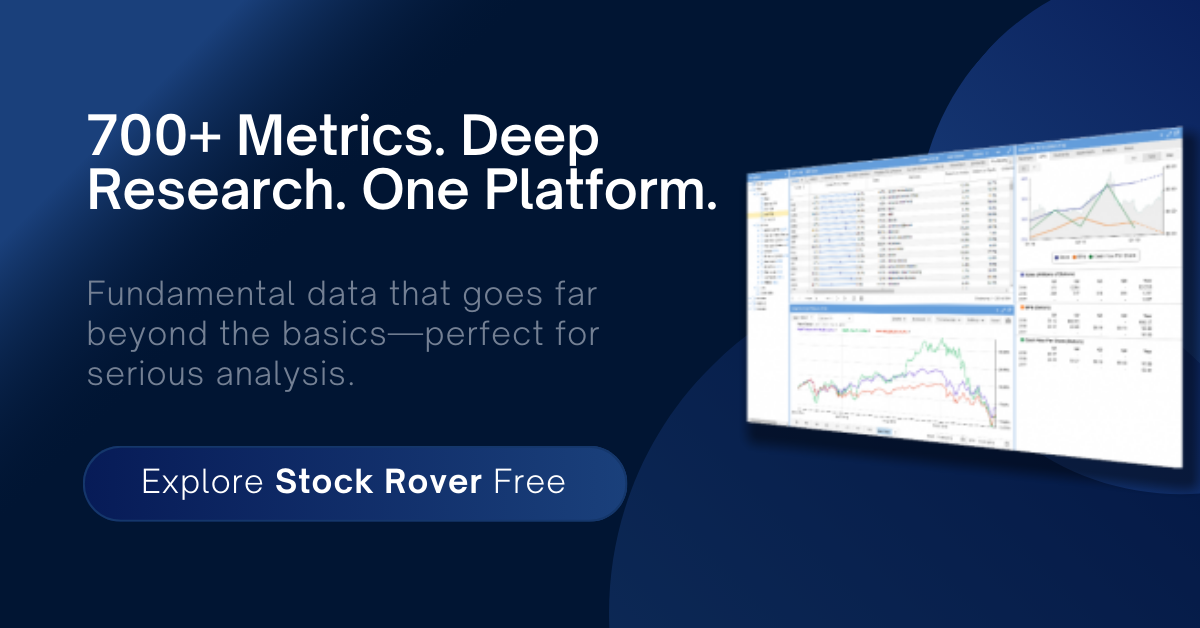
Benjamin Graham, the father of value investing, differentiated between a defensive investor and an enterprising investor. An enterprising investor takes a little bit more risk, can be considered a little “growthy”, in pursuit of higher returns. The value principles are still emphasized, you are not going to suddenly turn into a momentum trader. You are going for something similar to GARP (Growth at a Reasonable Price) + Quality + Value. If you think in terms of Factor Investing, this screen ticks many of the boxes you may want to look for. Buffett can arguably be considered a Graham Enterprising Investor.
Who is the Enterprising Investor?
In his book, The Intelligent Investor, Ben Graham talks about two types of investor: Defensive Investor and Enterprising Investor. These two profiles have different approaches to stock selection, portfolio management and risk tolerance.
The Enterprising Investors takes an active approach to finding and analyzing stocks to purchase. This investor is looking for underpriced stocks and aims to build a portfolio that outperforms the market by taking calculated risks. While there is an increase in the risk appetite, this investor is not a speculator. The stock selection is still preceded with deep research and analysis of fundamentals of the business as well as the business environment.
I think most of us operating in the value investing space today will qualify as an Enterprising Investor.
Key Metrics in Graham Enterprising Investor Criteria
As an enterprising investor, we look for solidly profitable companies that show growth, are shareholder friendly and can be purchased at a reasonable valuation. The screen looks for these attributes by filtering for the following metrics:
- Size of the company: Generally speaking, smaller companies can give you more growth while larger companies are more stable. In order to find a balance, most enterprising investors gravitate towards mid-cap companies, say between $500 m and $10 billion.
- Strong financial position: This is characterized by a current ratio > 1.5. This means the company has good liquidity to meet short-term cash needs. Additionally, a debt to equity ratio of under 50% implies that the business is not highly leveraged – therefore the debt burden is not too onerous.
- Stable earnings: The company has been profitable for the last 5 years. Typically you would avoid companies with volatile earnings as they could signal instability or unreliable management. The company should pay a dividend.
- Undervaluation by price multiples: A P/E ratio < 15 and a P/B ratio < 1.5 is desirable.
- Earnings growth: We want companies that have grown earnings over the past 5 years.
These are general guidelines. You can adjust these values to be either more or less conservative. We do not expect all the stocks that you find using this screen to be great values – this is a way to shortlist stocks that show the Graham Enterprising Investor characteristics for further research.
Why These Criteria Matter for the Enterprising Investor
This screen filters for 3 different characteristics: Minimizing downside risk, Focusing on undervaluation, and Identifying growth. For example, low debt-to-equity ratio, ample liquidity and earnings stability help in reducing risk of loss. A dividend is another indication of a well run company that is shareholder friendly. Low Price to Earnings and Price to Book multiples help in identifying stocks that are reasonably valued or even undervalued. Earnings growth requirement, although does not predict continuing future growth, is a way to identify companies that have grown in the past 5 years and are likely to continue.
We regularly run Graham Enterprising Investor screens for our newsletter subscribers, so if you want to see examples of stocks that fit these criteria, be sure to subscribe to our newsletter.
How to Run a Graham Enterprising Investor Stock Screen
We use Stock Rover to screen for stocks fitting our various value screens. It comes with a Graham Enterprising Investor screen built in. You can use the built in screen and then adjust the parameters to customize it for your purposes.
For example, we run this screen for small-caps, mid-caps and large-caps separately. This allows us to shortlist many more stocks. Additionally, we are a little more lenient on some of the parameters. The idea is that each of the resulting stock will be further reviewed by hand, and we do not want to miss a stock that may fail a strict filter, but could turn out to be an excellent value stock. Remember, the ultimate goal is to find a great value stock – different screens allow you to approach this from different angles.
When you run the screens, be aware of some of the red flags. You will occasionally pull in stocks that look good on paper but everything is not alright in the business. There may be accounting issues or it may be a cyclical business and the company just happens to be in the favorable part of the cycle.
Benjamin Graham’s Enterprising Investor stock screen offers a robust framework for those willing to roll up their sleeves and dig into financials. By following these time-tested criteria, you can uncover undervalued stocks with significant growth potential while minimizing unnecessary risk.
Photo by Icons8 Team on Unsplash

Shailesh Kumar, MBA is the founder of Astute Investor’s Calculus, where he shares high-conviction small-cap value ideas, stock reports, and investing strategies.
His work has been featured in the New York Times and profiled on Wikipedia. He previously ran Value Stock Guide, one of the earliest value investing platforms online.
Subscribe to the Inner Circle to access premium stock reports and strategy insights.
Featured in:








